Artist portrait by Mark Daybell
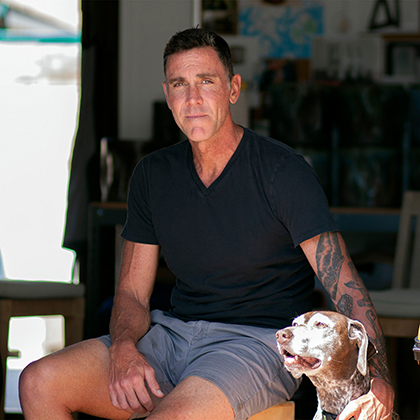
Artist portrait by Mark Daybell
Noah Webb
Los Angeles based artist/photographer
Interview by Mark Daybell
MARK DAYBELL: It’s July 18, 2019 and we’re here with Noah Webb in his studio in Mar Vista, California. Noah, can you tell me about your photography?
NOAH WEBB: My photography encompasses both fine art as well as commercial aspects. I am interested in spaces and people in a very generalized way.
DAYBELL: Are there reoccurring themes in your work?
WEBB: Yes. Some people might have a drive or some focus within action or emotion or you see energy within their images. And then some people you might see color and some sort of focus with nature. But mine is more about a kind of looking, particularity at space, whether it be landscape, interiors, people and thinking of how they all combined together in a composition. That applies to whether I’m shooting within a home down the street or within a landscape in India.
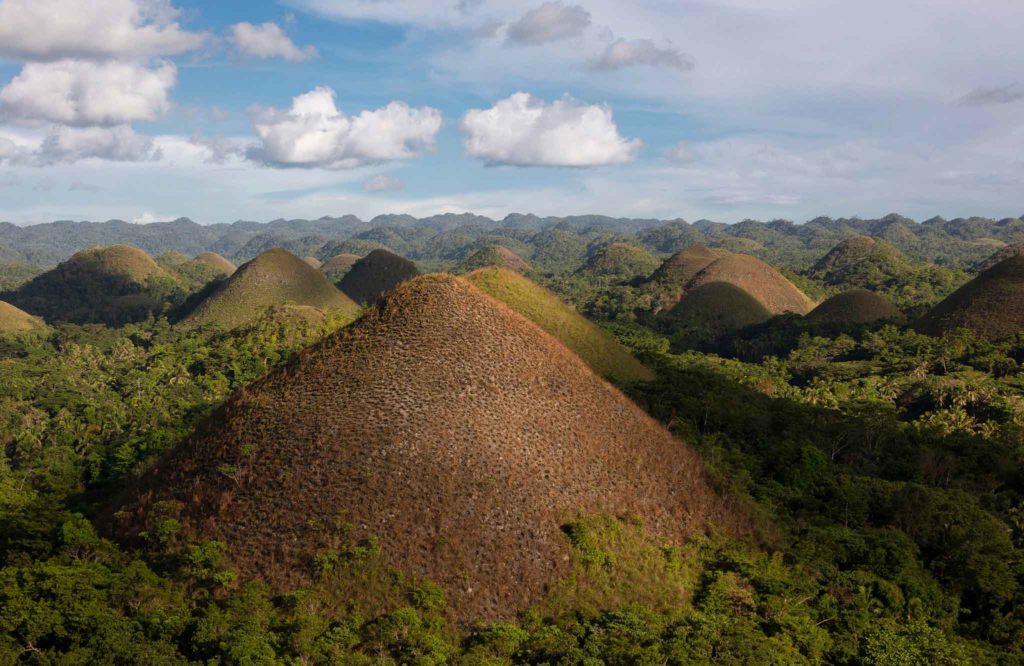
Chocolate Hills, Philipines
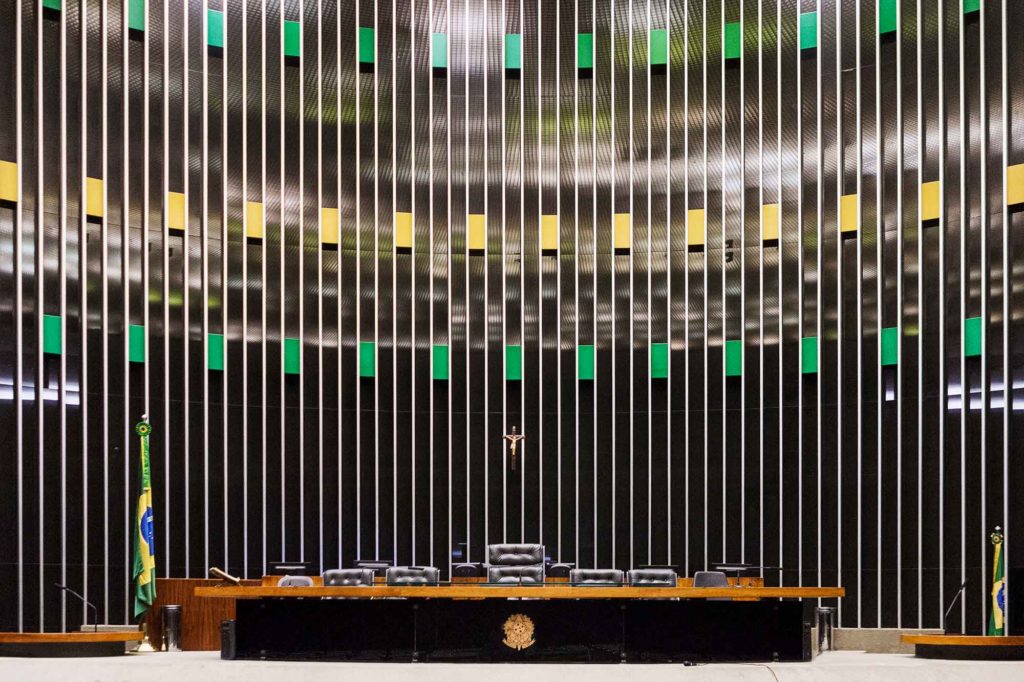
Senate Room, Brasilia
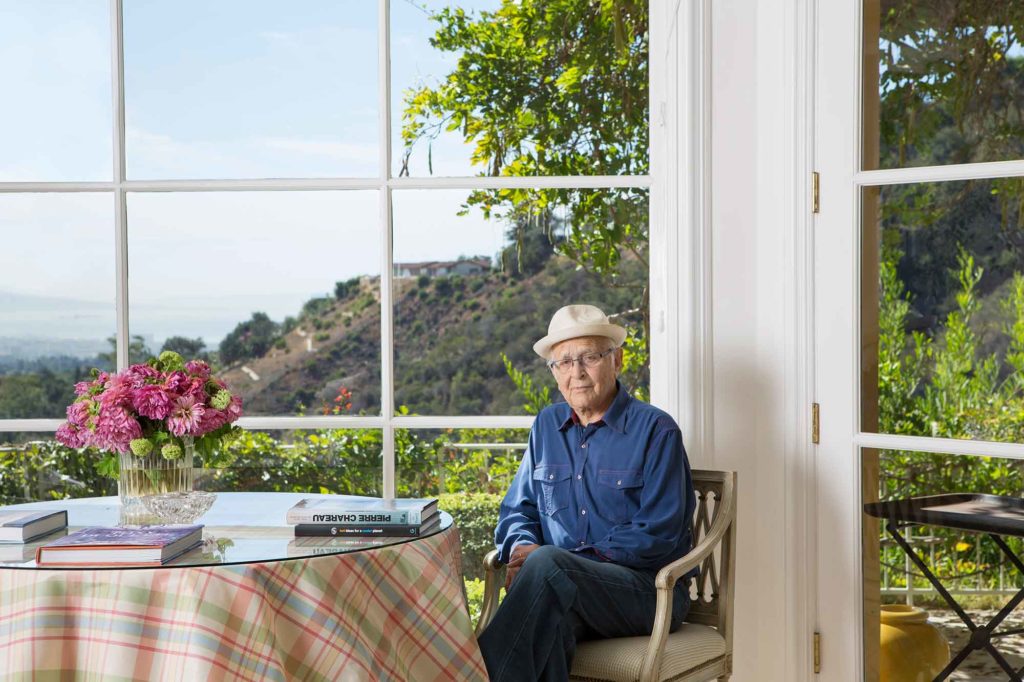
Norman Lear
DAYBELL: What initially attracted you to art and art making?
WEBB: When I was a youngster, I was always outside, exploring and being physical. I loved sports and all the way up through the beginning of college I played water polo. So, I went to school thinking sports would be a primary focus. I realized by the first semester I just had burned out, the desire, the drive had dissipated. I needed to find something else. I took a photo class and that very first class, it connected something within me that I was able to explain the visual world in a 2D way, which was exciting to me. I think at that moment, at that first class, I knew photography was going to give me that sense of accomplishment that I was lacking within sports.
DAYBELL: Did you receive a formal visual arts education?
WEBB: Yes. My undergrad was at San Francisco State University and my mentor was Lewis deSoto and then my MFA was at CalArts.
DAYBELL: In photography?
WEBB: Yes.
“I think artists need to be open and flexible. I don’t have a “one-way” approach”
DAYBELL: What does your practice of creativity involve? Can you talk to me about some specifics?
WEBB: I was just thinking about how to explain it. I think artists need to be open and flexible. I don’t have a “one-way” approach. I sometimes get inspired by location. So, in my travels, I might respond to a change in space or landscape.
But the Nomadic Reflector series was inspired by a dream. In the dream, I saw this man, made out of mirrors, walking in the desert. I did a drawing and then started to research how I could translate the drawing into a believable sculpture and then started to build it. I made the suit out of mirrors and then I did the research to find locations relative to my dream. I found someone who would be willing to hike up the sand dune and then I made it happen. It really depends on the project.
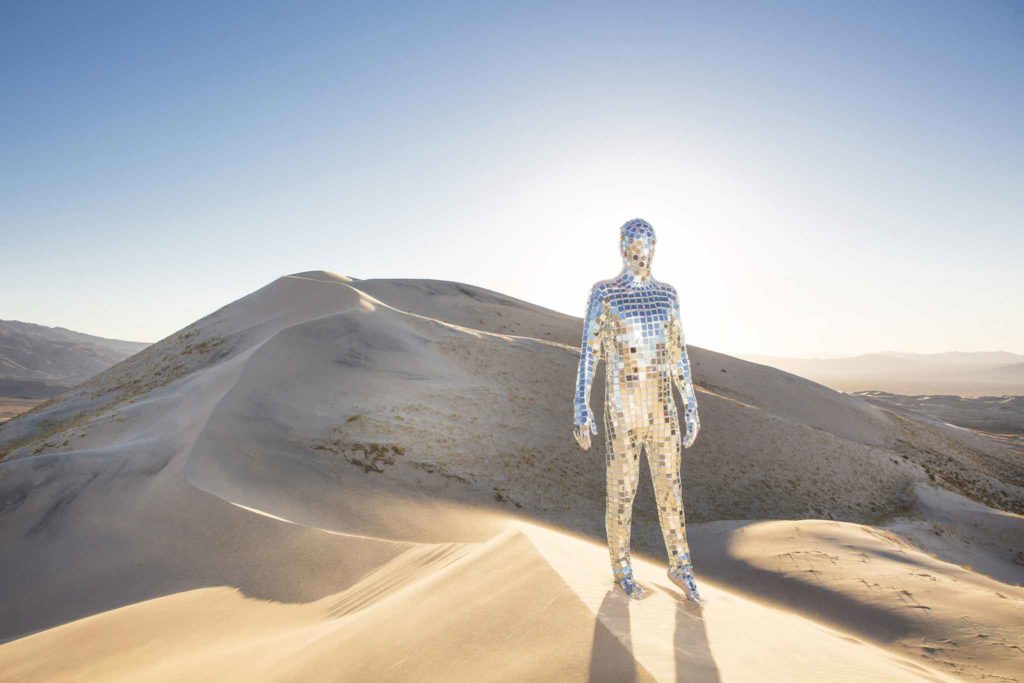
Nomadic Reflector
DAYBELL: You work as both a fine artist and commercial artist. Can you speak about how your process might differ between the two types of work?
WEBB: A commercial job or project will usually have defined parameters in terms of what they want and need, such as, we’re shooting here or we need this in terms of content. Within fine art, going back to the Nomadic Reflector series, that was literally from a dream. So, you’re given a white canvas and I can do anything that I want. The parameters are not there.
DAYBELL: Can you generalize a little and talk about how different types of clients might affect your process?
WEBB: Sure. As I stated, I’m not just a fine artist and I’m not just a commercial photographer. Even within the world of commercial photography, I’m a little broader than most photographers, where I don’t just do one thing. So, I get hired for multiple purposes. For example, one client that I’ve worked with for the past five or six years is West Elm. They’ve sent me to India, Vietnam, to Peru, Portugal, and they’re asking me to photograph not only the landscape, but also where they source the materials and products for their fair-trade work. I get to go and document how each individual product is made. I call that, “Noah Light.” It’s me, my camera, a tripod, reflector and maybe a flash, but that’s it.
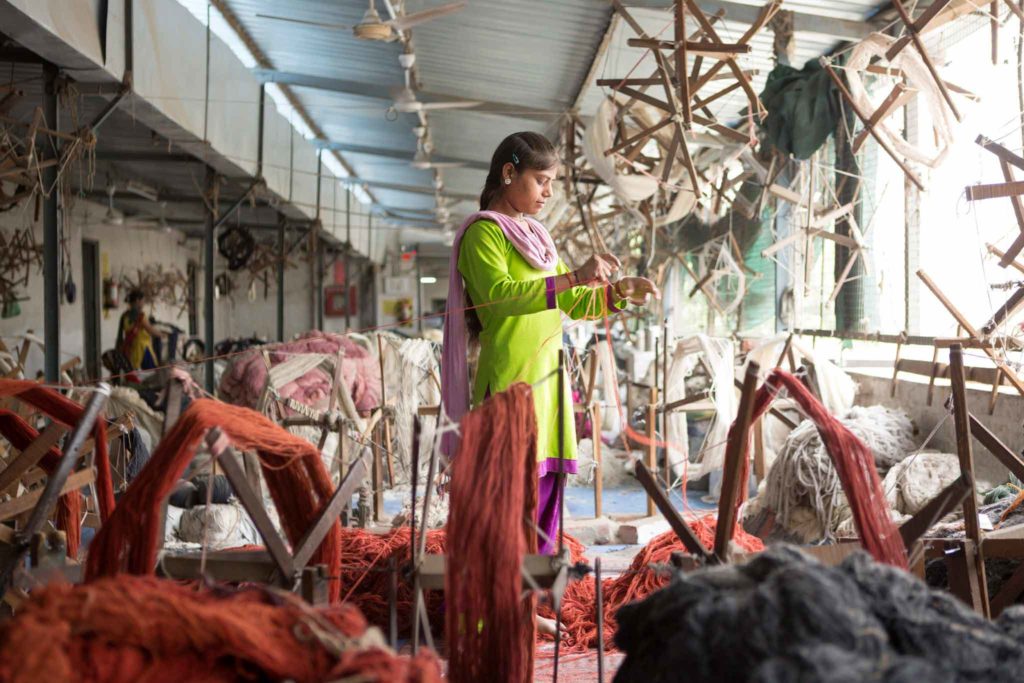
West Elm – India
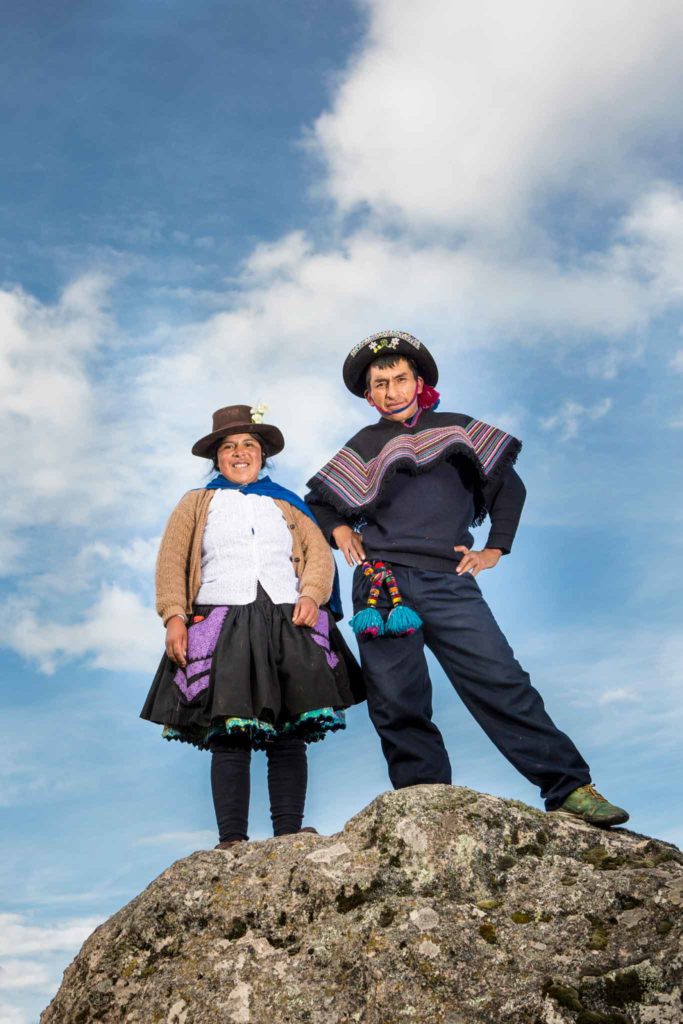
West Elm – Peru
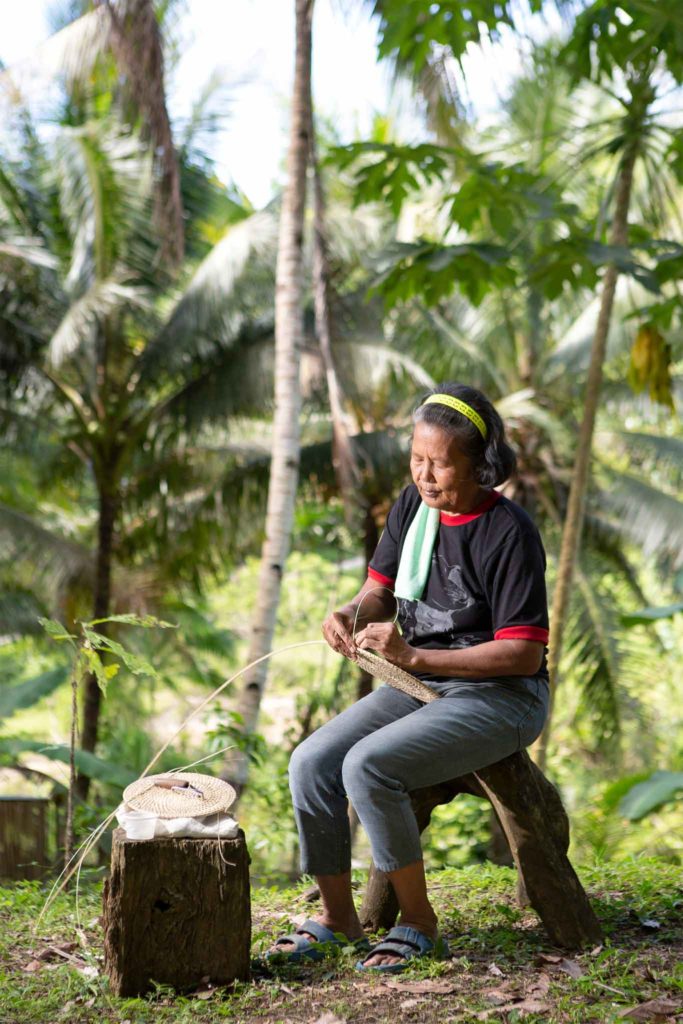
West Elm – Philippines
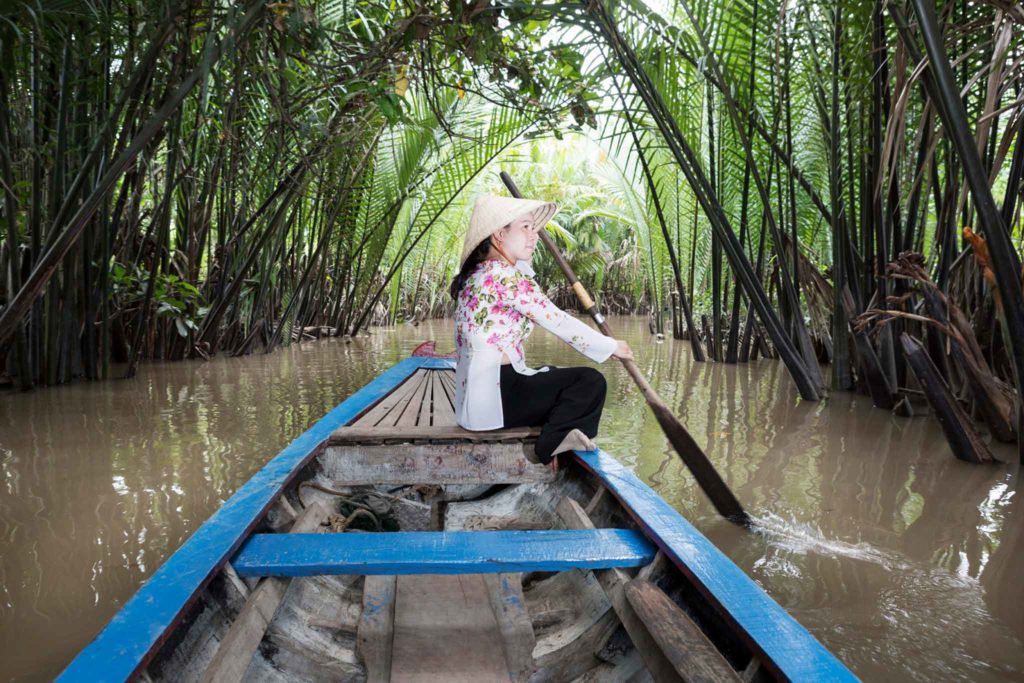
West Elm – Vietnam
WEBB: Other side of it, I just finished a series of ads for Sonos speakers and in that there’s a crew of maybe 25 people. You’ve got catering, you’ve got hair and makeup, talent, product, you’ve got ad people, I’ve got my camera tech, my assistants, and then ample lighting, etc. It’s a big shoot, which is a completely opposite of the West Elm travel stuff.
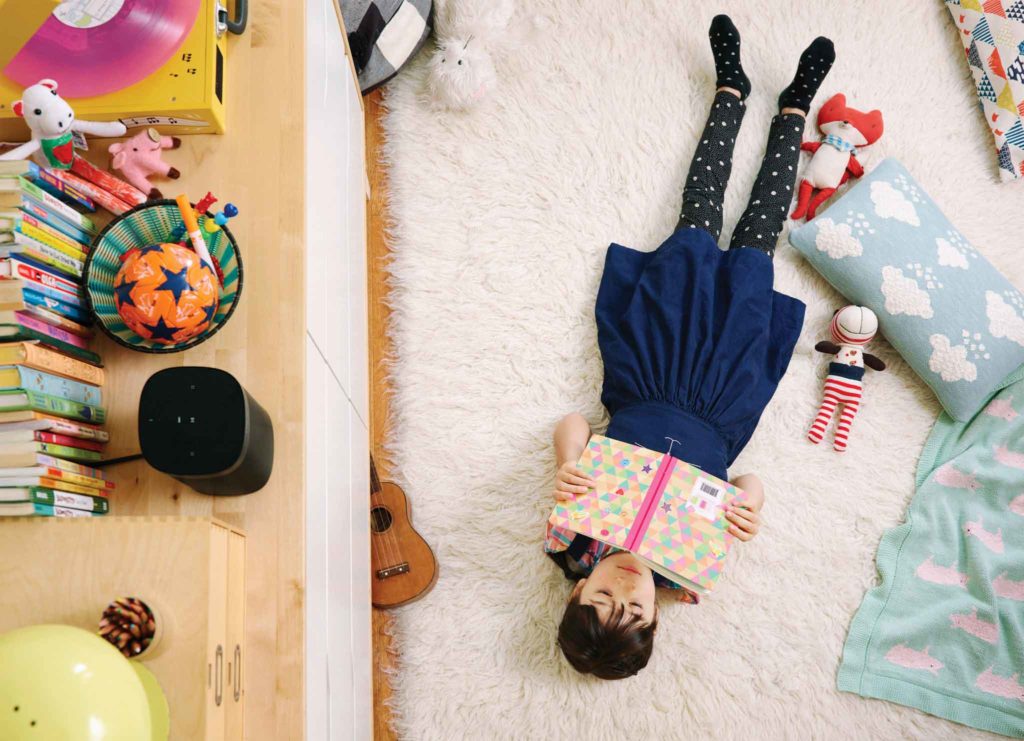
Sonos One
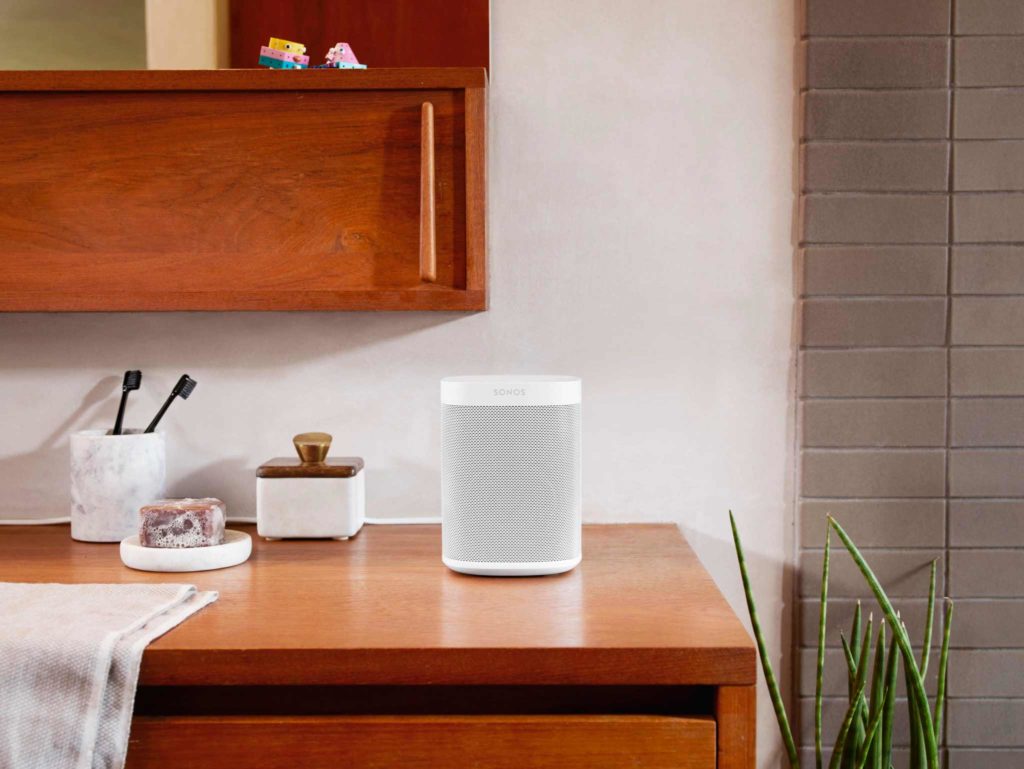
Sonos One
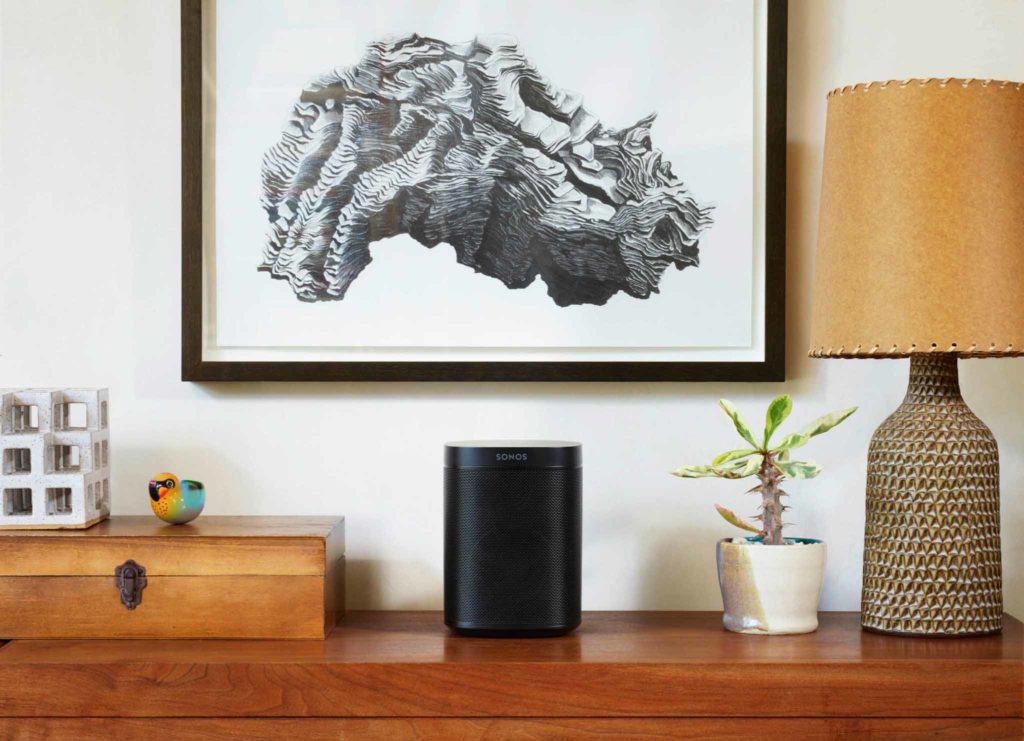
Sonos One
DAYBELL: In terms of preparation, does that change dramatically, if it’s “Noah light?” Are you able to be more intuitive, more respondent?
WEBB: Definitely looser and interpretive. Earlier this year the New York Times had sent me throughout Asia. It was my backpack, camera, light and we went and did food stories in Thailand, Hong Kong and Korea. It was a blast. And I love those because it’s paring down to just my vision and interpretation. Basically, you have maybe an hour at each location, so you have to figure out a solution very fast. If you screw up, you’re not going back to Seoul next week to get the footage.
I liked that kind of nimbleness and quick thinking versus say the Sonos ad, where they’re only looking for eight really crafted shots. Different shoots require different equipment and a different approach.
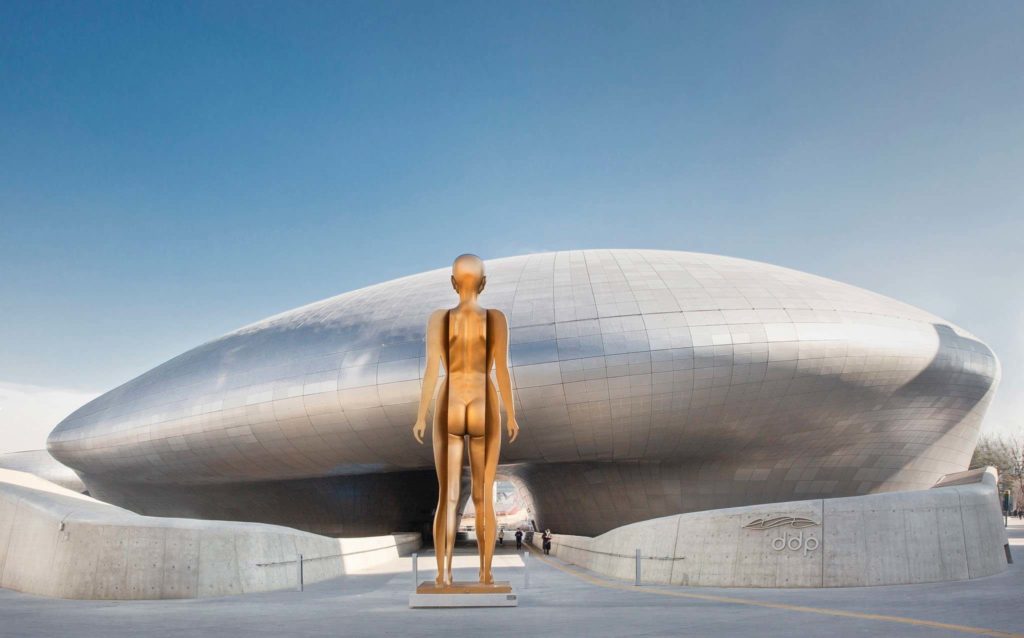
Seoul, New York Times T Brand
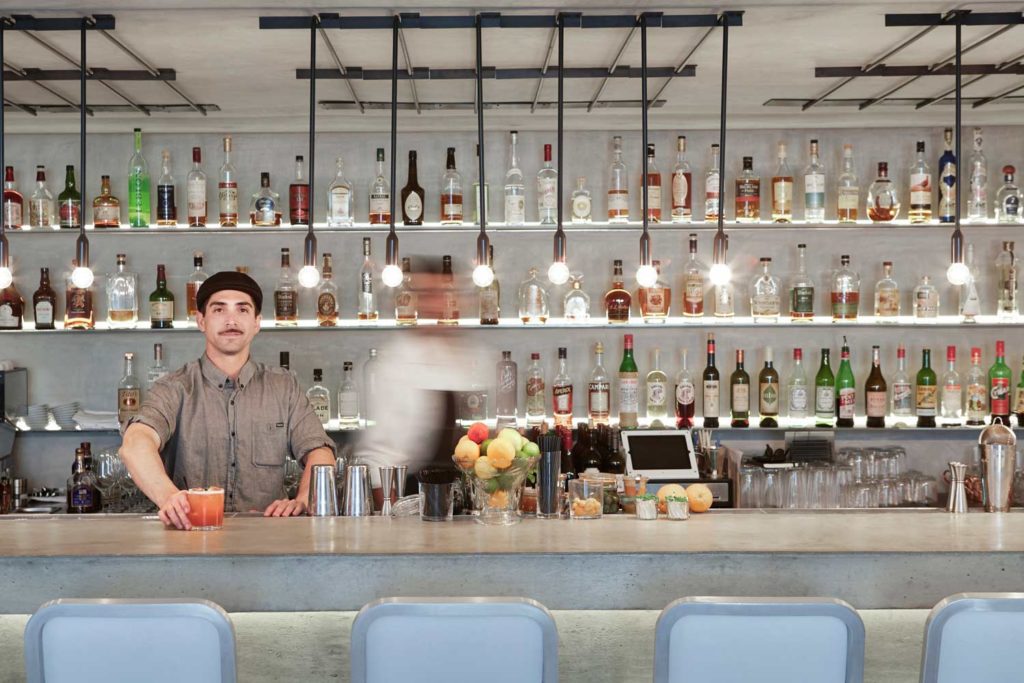
The Wall Street Journal – Workshop + Bar
DAYBELL: Working professionally, would you characterize your process as collaborative?
WEBB: I think I’m a flexible person. I think that goes a longways and being nice is also helpful. The day of the eccentric rude artist doesn’t have play in the commercial world because the competition is so fierce you just won’t get hired again. In terms of collaboration, I have a definitive vision and idea and I will make that known, but I also know with the larger production that I need a lot of other people. It’s definitely collaborative that way.
“I think I’m a flexible person. I think that goes a longways and being nice is also helpful. The day of the rude, eccentric artist doesn’t have play in the commercial world because the competition is so fierce you just won’t get hired again.”
DAYBELL: Is your fine art work much different?
WEBB: It’s definitely different because it’s just me driving the whole bus. I take full control from the idea to the execution. I think I’m drawn to that because of my commercial work. I want to just be able to create something on my own.
DAYBELL: Can you talk about how you begin a project?
WEBB: The first thing is the inspiration for me. That’s the hard part. When you’re talking about, “how do you make art,” it’s not just magic where you go from, “I was touched by God with this idea,” and then all of a sudden, it’s physical. The inspiration comes to me in many ways. Like I had mentioned previously where it’s either by travel or sometimes it’s from dreams or sometimes a song can even inspire me.
Sara Lov – A Thousand Bees
WEBB: Once that inspiration happens, I try to jot it down because I want to put it outside of my head. I think that’s a good thing to tell people who are starting to think about an art career. Yes, a large portion of it for me is in my head, but if I just leave it in my head, I’ll forget about it. I need to physically write down my ideas and then start to do the research.
DAYBELL: In researching the locations for Nomadic Reflector, did you have specific spots in mind or was it more organic?
WEBB: The first image was from that dream and then I thought, “what is this image making me feel?” “How is it translating?” “There’s something there, so how can I expand upon it? “Then I started thinking about other landscapes within proximity to where we live and that would make sense. I started thinking about these surreal but natural, pristine landscapes. For Zion, I knew I wanted to shoot a very specific location. It took a whole day just to hike there and back but I knew I wanted to find that specific shot. Some of them are more organic, like, oh, I want redwoods, I’m going to go to the park and hike and see what works. And usually I’ll shoot not just one option, it’ll make like five and I respond to space and light. It’s not for certain that it’s going to work. Sometimes the original idea is great and then sometimes it doesn’t work at all. You have to be open to a backup plan or consider what else could potentially work.
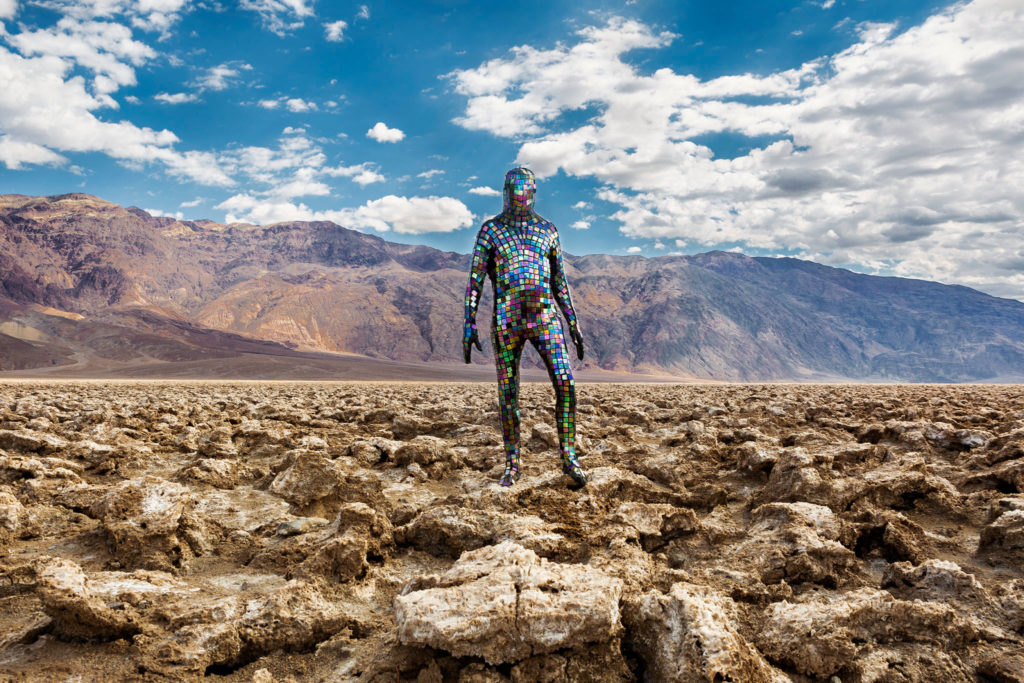
Nomadic Reflector
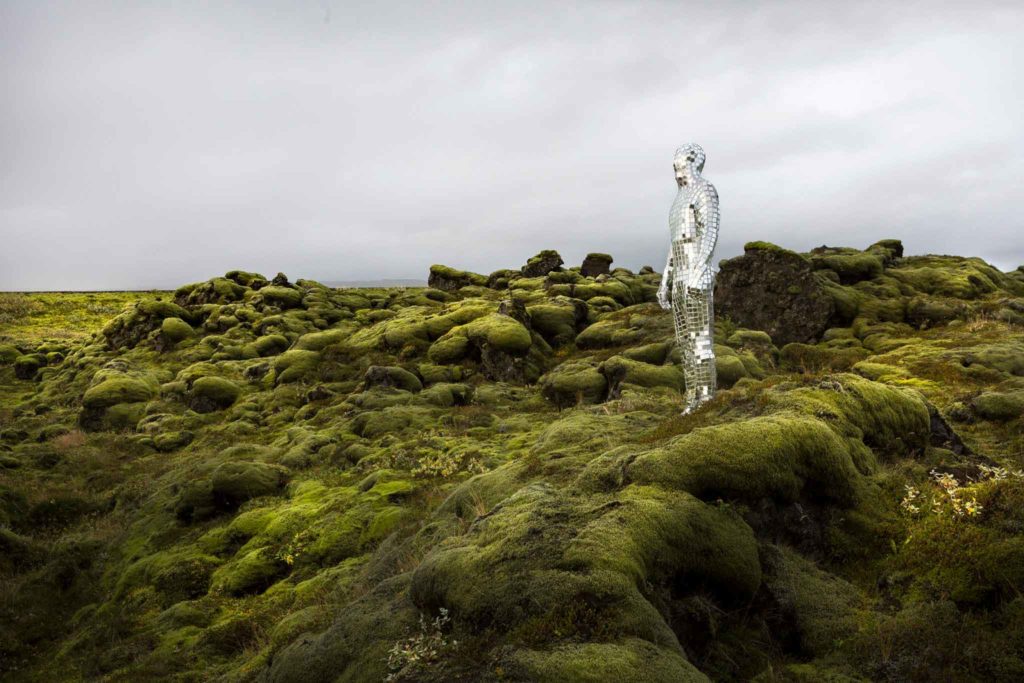
Nomadic Reflector
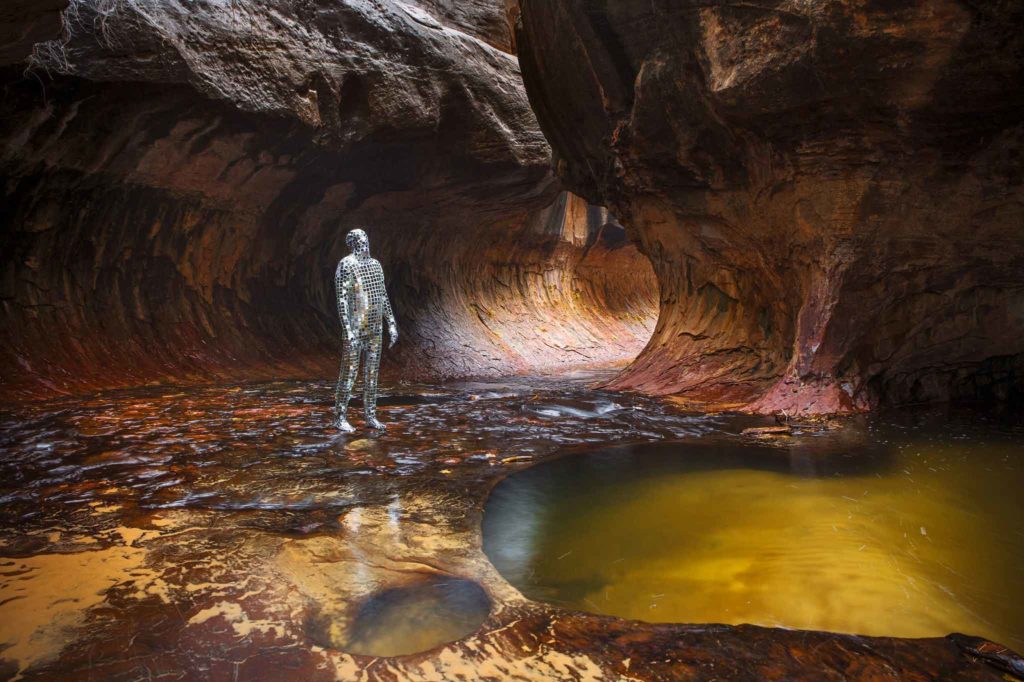
Nomadic Reflector
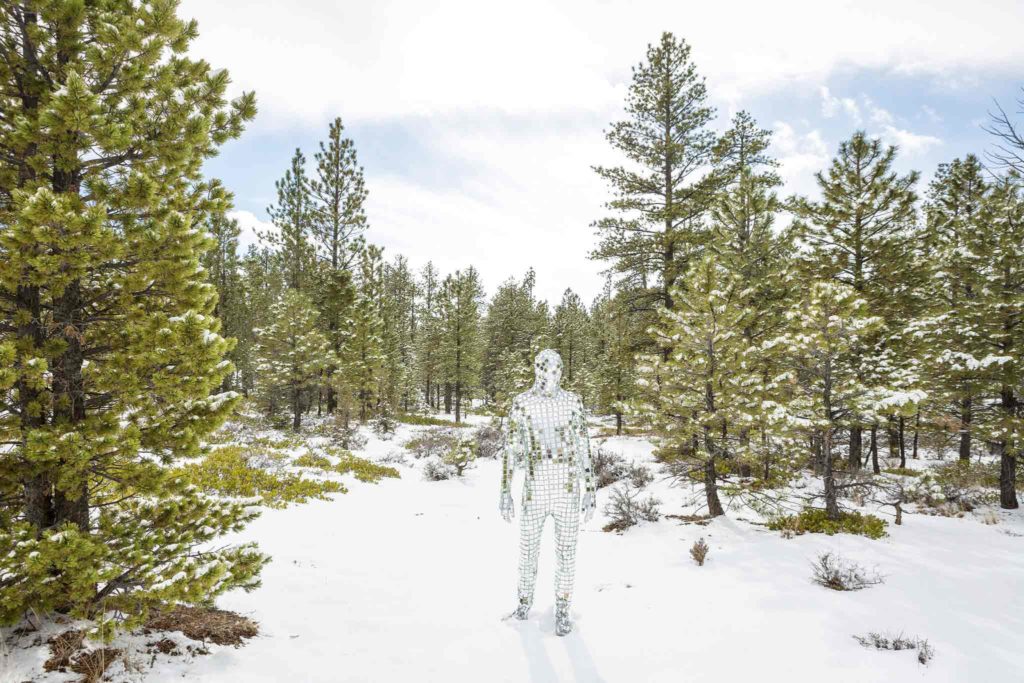
Nomadic Reflector
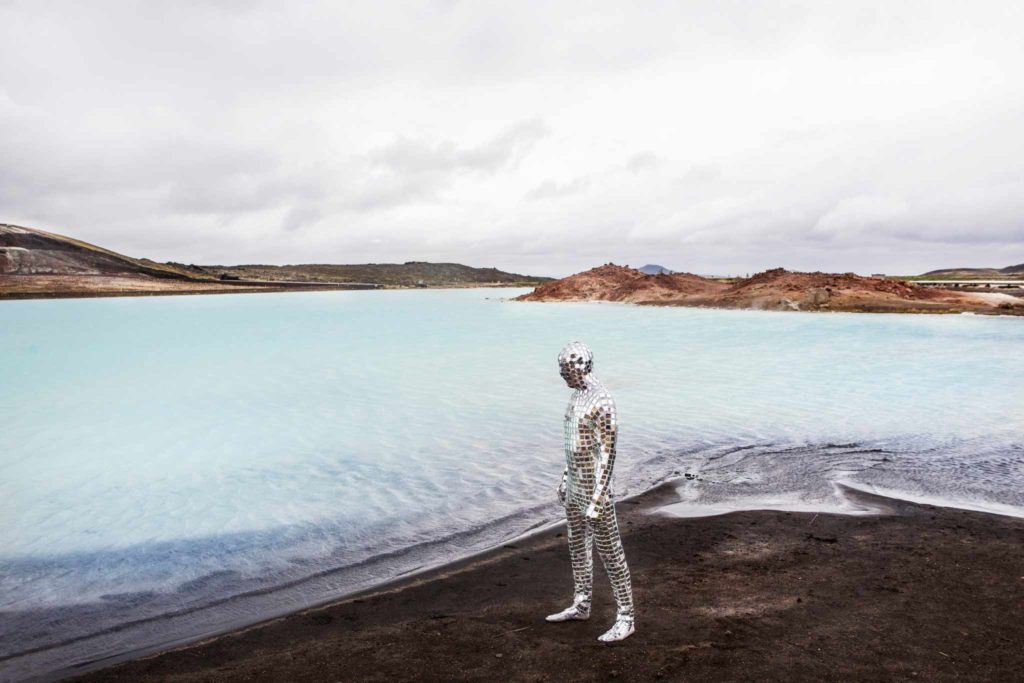
Nomadic Reflector
DAYBELL: What is the role of chance in your creative process?
WEBB: I feel I’m pretty deliberate. I feel like it’s really important to think your ideas through and plan accordingly. But by the same token, always be prepared for that random chance that might make you look somewhere else or do something else or switch out the material for something else. Because that’s important. You can’t be so rigid that you’re blind to a better opportunity.
“I feel like it’s really important to think your ideas through and plan accordingly. But by the same token, always be prepared for that random chance that might make you look somewhere else or do something else or switch out the material for something else. Because that’s important. You can’t be so rigid that you’re blind to a better opportunity.”
DAYBELL: How does risk factor into your practice?
WEBB: In terms of commercial and fine art, it’s a battle. In my commercial work, often times it rides this line but never really crosses it. Rarely do clients want you to be absurd or go crazy. I mean it has to be presentable and they want it a little edgy but not going past that line. For my fine art work, I want to add that weirdness and craziness and let loose. Switching gears between commercial projects and my fine art photography, I need to make that separation because there’s a big difference between one and the other in terms of risk.
DAYBELL: Do you feel your commercial work feeds your fine art work or maybe your fine art work feeds your commercial work?
WEBB: It’s symbiotic for sure. Sometimes I feel like, “wow, I’m in Seoul, Korea photographing,” I basically can shoot whatever I want. I feel like it’s an awesome opportunity and I would say it’s very free. But then there’s often times I find a new solution within my fine art work that will apply to my commercial work. Whether it be a technical skill or a use of light or a place or perspective.
DAYBELL: Do you ever hit a creative wall and how do you break through it?
WEBB: Literally banging my head. I can give you a specific, this might be helpful. This was a while ago, but it was a definite block where I felt like I was repeating the same imagery and I couldn’t get out of it and I couldn’t think of a way to make new work. I was working on a series entitled, Teleport. If you look at the series in terms of composition and it was very formal, everything was balanced, had symmetry, it was all about control. So, I asked, “how do I lose all control?” That’s why I started to do this underwater series at night called, Immersion 2. I was shooting with film, so I didn’t see what I was shooting until after the film was developed. I was shooting with an assistant with a strobe underwater. The models were moving all over the place. There were bubbles. To get the shots, I was diving for only a minute or so. It was completely opposite of the formal control in Teleport. But in the end, what’s funny is that yes, the images, I was happy with them and they were different, but at the same time there was still formality and simplicity to them. So, I guess you can never truly escape yourself, but I think it’s good to challenge yourself to either change a tool or change content or any little shift that you can do. I think that’s the way I try to break through.
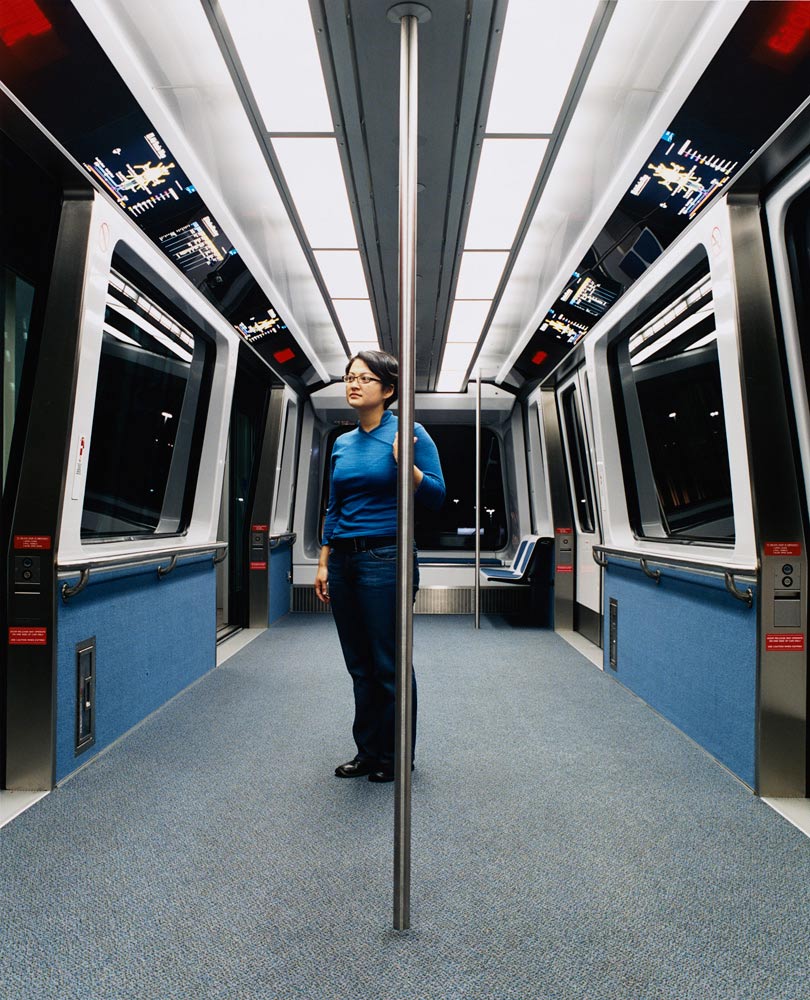
Teleport
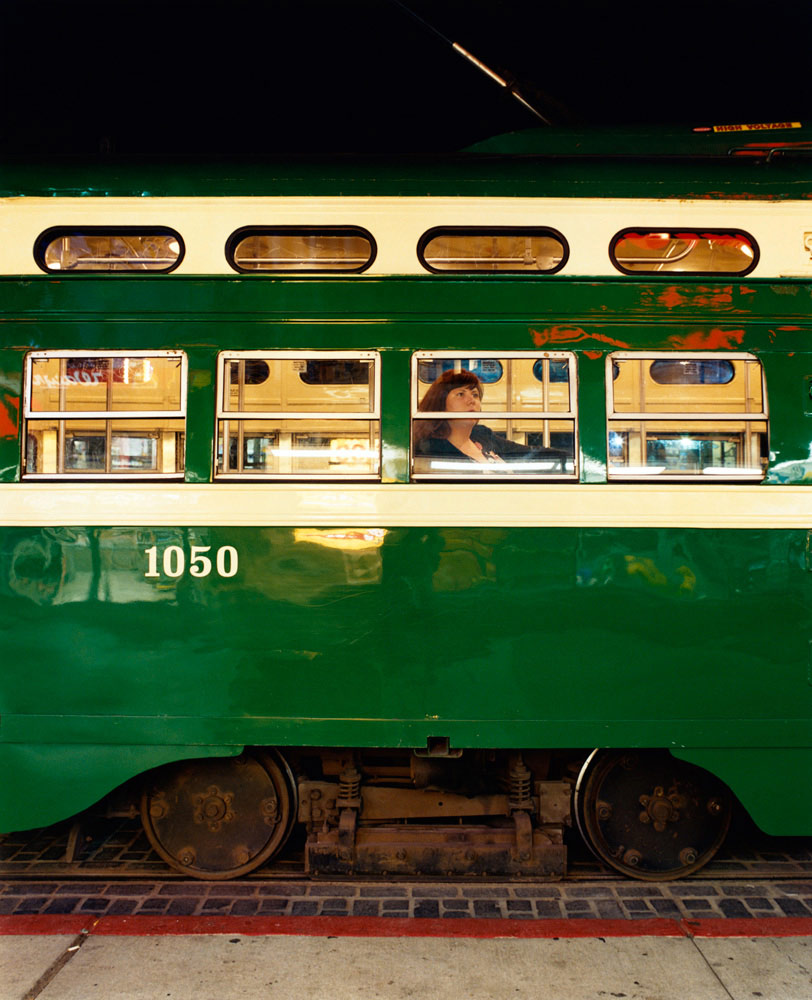
Teleport
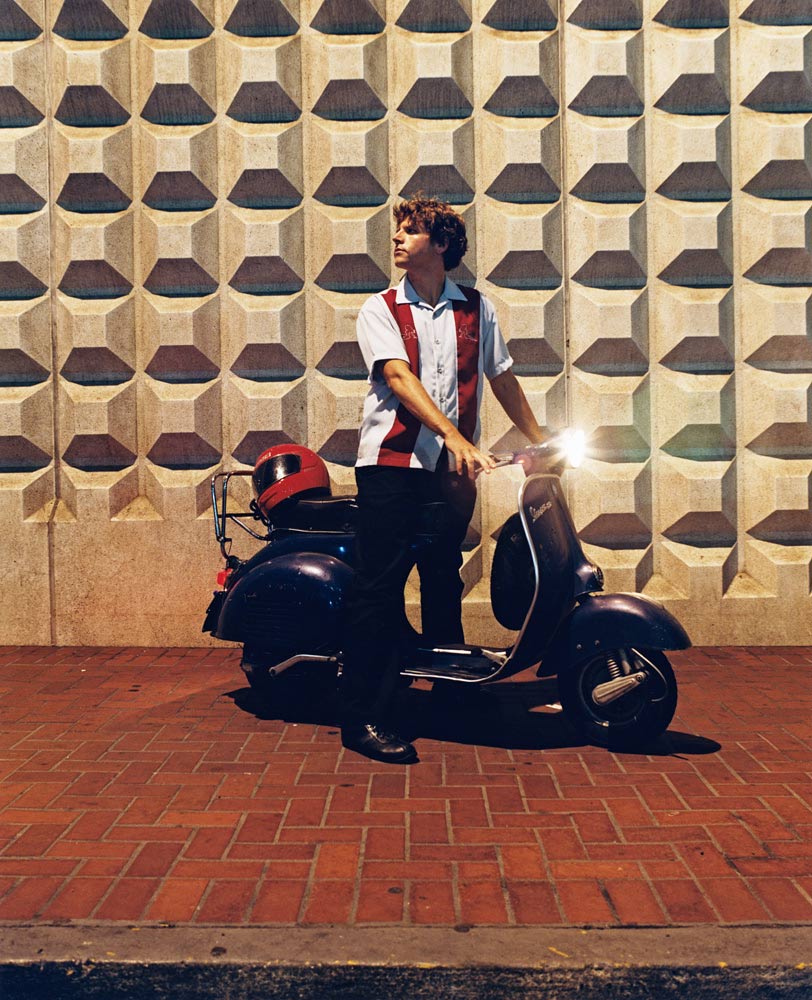
Teleport
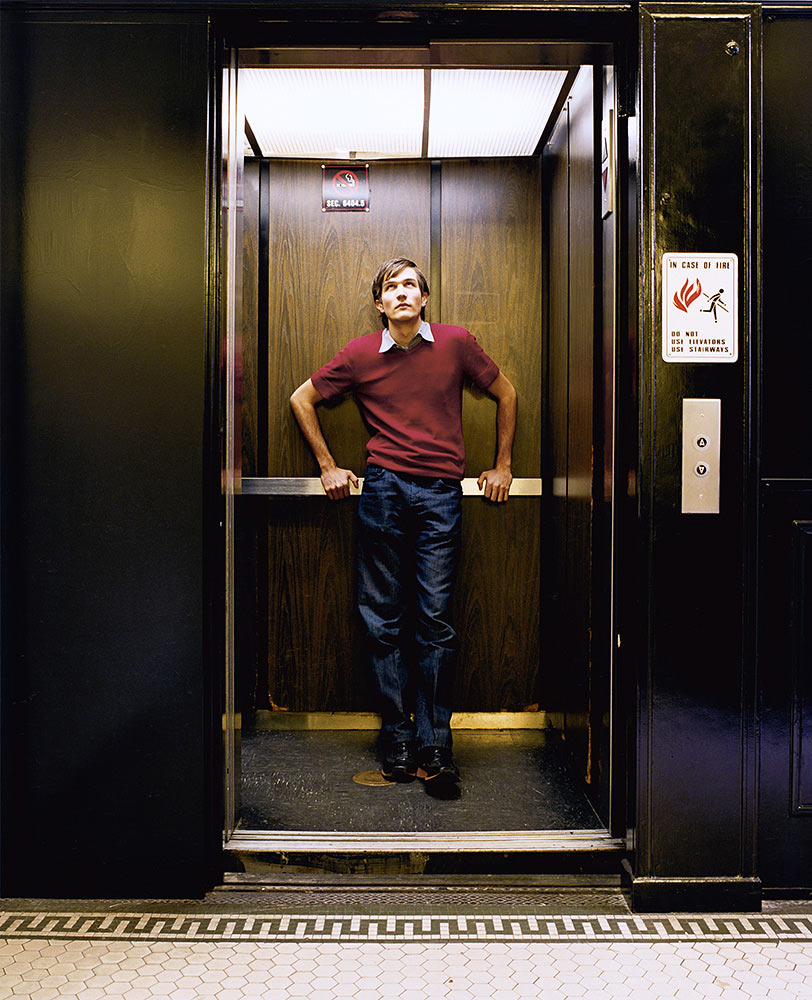
Teleport
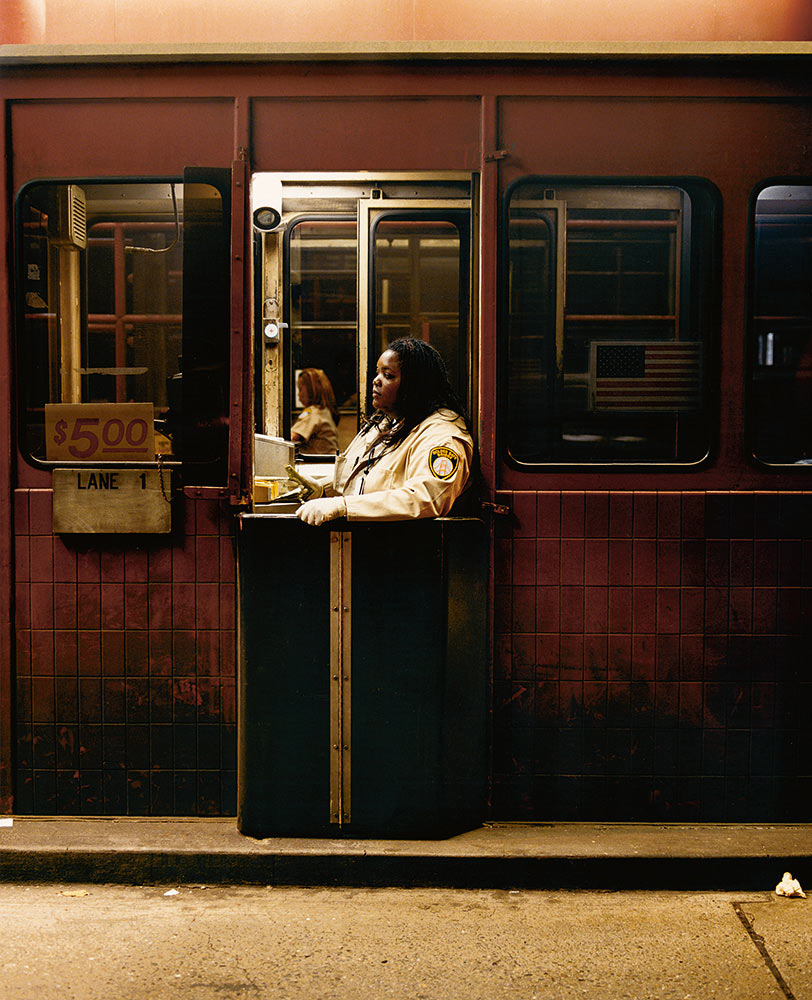
Teleport
DAYBELL: Do you make art every day?
WEBB: No. Doesn’t mean I don’t think about it, I think about it every day. Going back to my process, and maybe it’s good or bad, but the way I work, my internal deliberation is pretty long. Before I even let it become physical, I really think an idea through over and over again. People ask me, “what are you doing when you’re riding for 50 miles?” I’m thinking about stuff. I’m letting my body go into this physical motion that’s kind of like yoga. But for me it’s a way for my body to do this repetitive motion and my brain is free to think about how I can solve these creative ideas and problems. So, I don’t necessarily make something physical every day, but I am trying to create and fine tune my ideas every day.
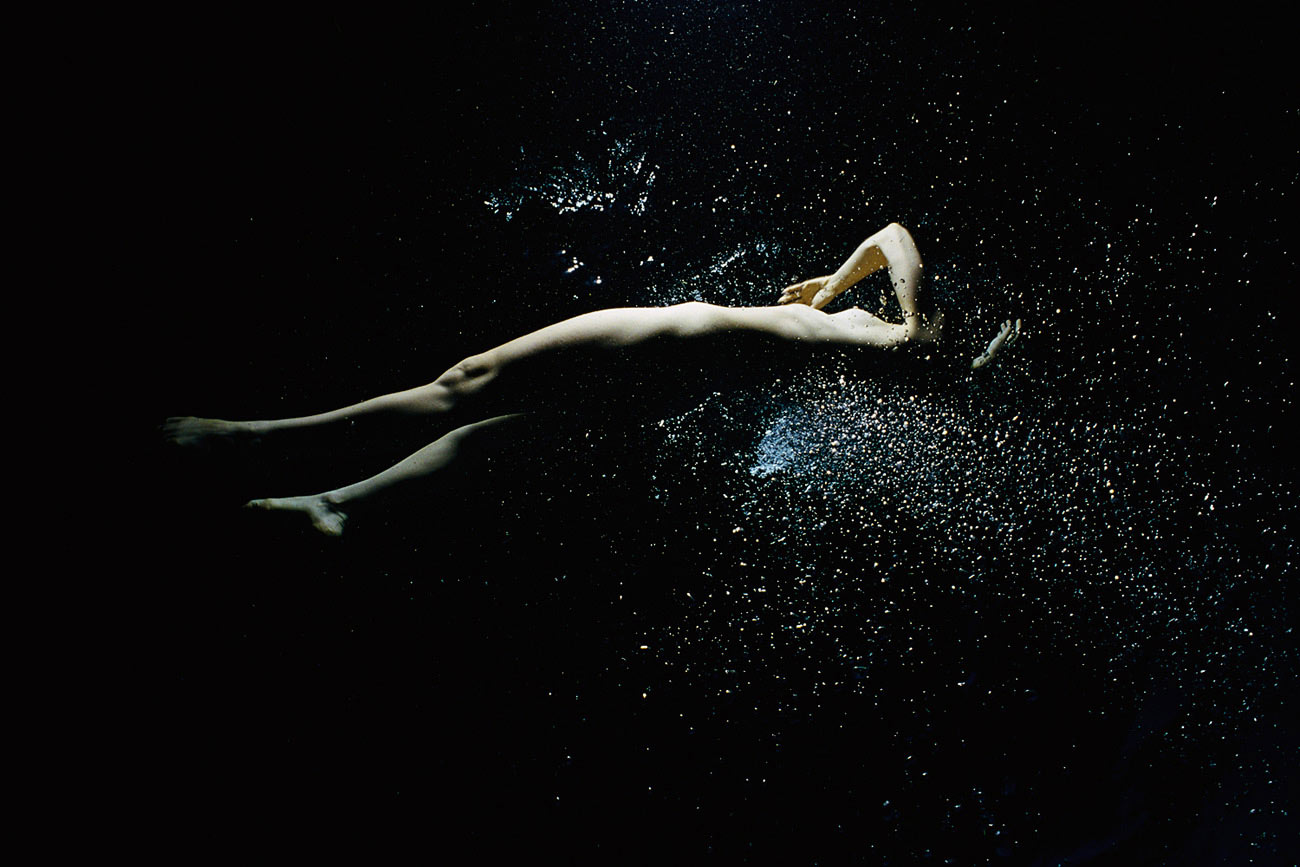
Immersion 2
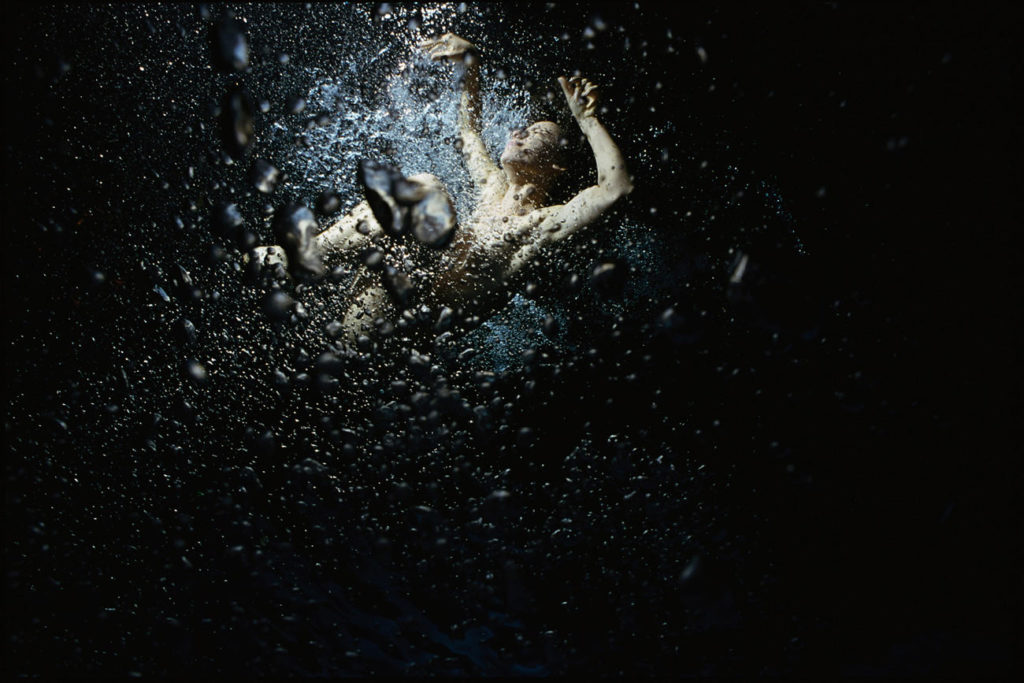
Immersion 2
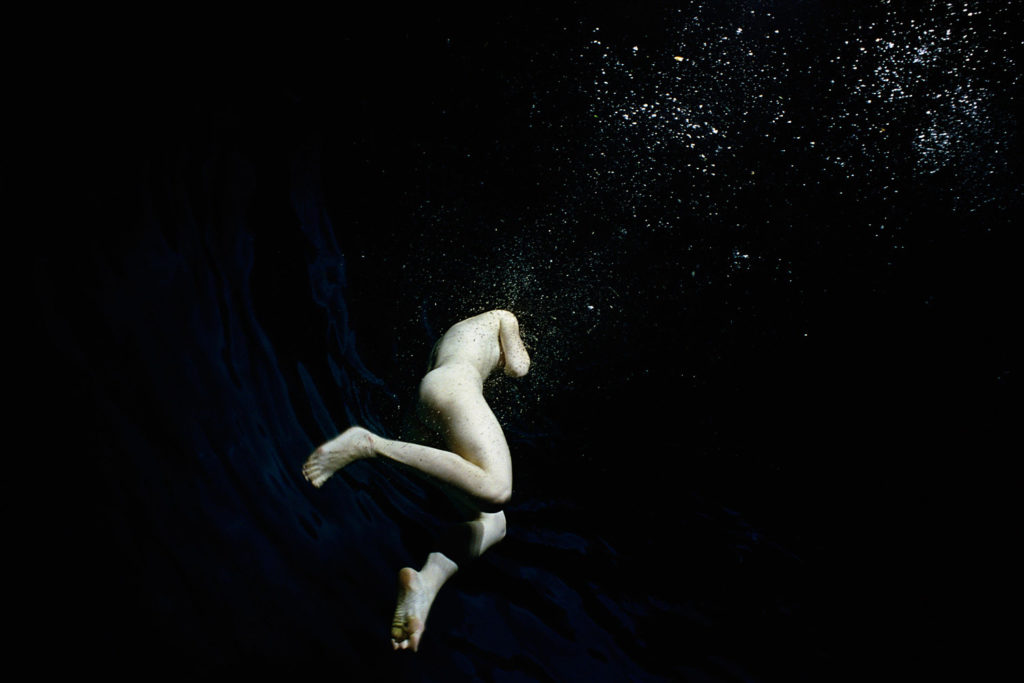
Immersion 2
DAYBELL: Do you find your creative process more of a challenge or an asset?
WEBB: It can be an asset and a challenge. I thrive on it because I love the challenge. I think it’s both.
DAYBELL: Where do you look for creative inspiration?
WEBB: I think it might sound silly to describe my work in terms of space and people, but I am hugely influenced whenever I travel. I love Los Angeles, but it’s a very safe for me. So, when I get sent internationally or travel on my own just for fun, that always inspires me. Whether it be the sound, the colors, the people, the way they live. All of that shift makes me rethink what’s important in life and how different it is from my existence. I think that’s always inspiring.
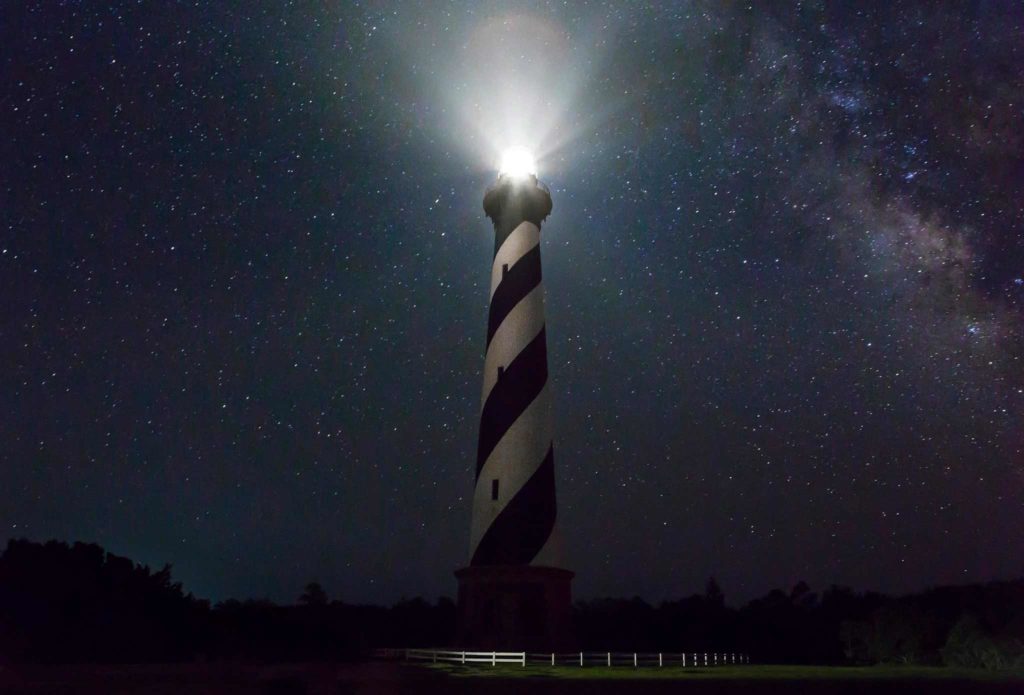
Hatteras Lighthouse
DAYBELL: Are You satisfied creatively?
WEBB: Yes and no. I mean I feel extremely lucky to be able to make a living out of taking pictures. If I look back at what I’ve been able to do in the commercial world and have had fun doing it, I mean that’s awesome I’ve been able to put my fine art education to use.
In terms of art, I feel like that’s the part that is always going to be a struggle for me. I feel like it isn’t given enough life. I think because of the balance between picking up a camera for commercial work versus picking up a camera for fine art, most the time the money will take over. I get home and I’m like, “oh, I don’t really want to think about photography for a minute.” So, I’d say yes and no.
DAYBELL: What advice would you give emerging artists?
WEBB: I think you asked some really good questions and just to use some of those questions to put back at you would be to remain flexible, take risks. This is a time where you don’t have to repeat history in terms of “there’s only one road to success.” I always feel like there’s multiple ways to get to the end of whatever you want to do. Be open to different ways of learning and achieving art.
Two, risk is really important because with information being so easily dispersed globally, instantly, things get repeated very quickly. Something gets popular and it spreads like wildfire. Anyone can easily repeat it. The only way you’re going to get your work to stand out is to take risks. It’s not all about the tool, it’s not about the fancy filter, it’s about your ideas. So, in terms of your ideas, you need to be risky.
More of Noah Webb’s work can be viewed at: noahwebb.com
Article edit by Mark Daybell

THE PRACTICE OF CREATIVITY
©2015-2020 All rights reserved
